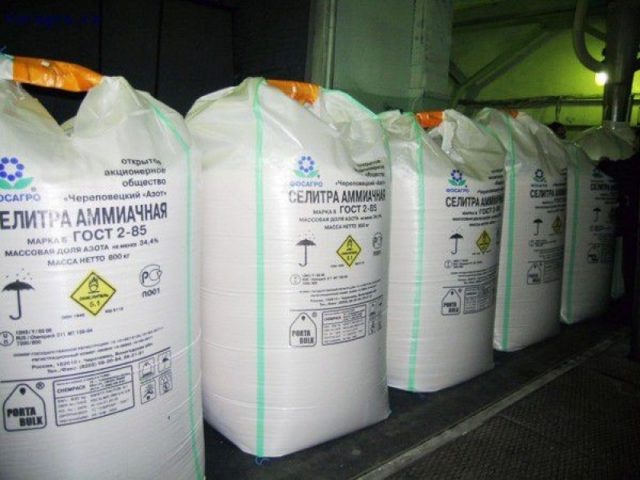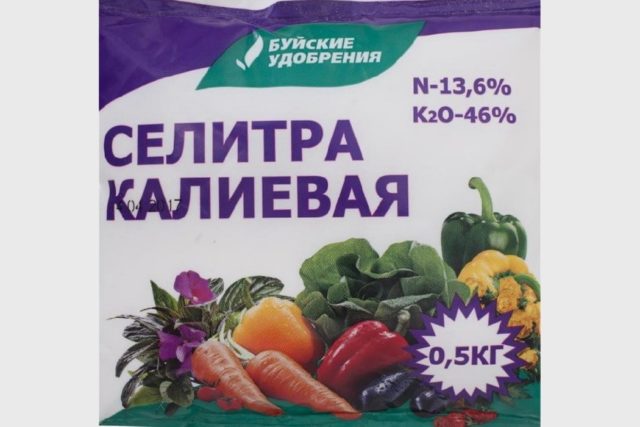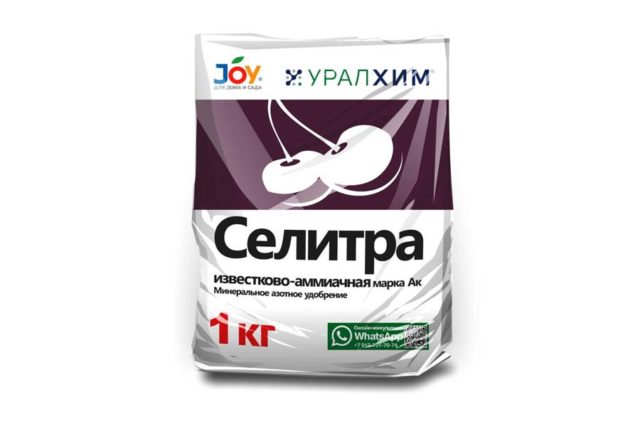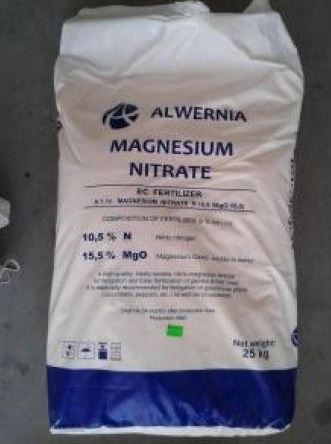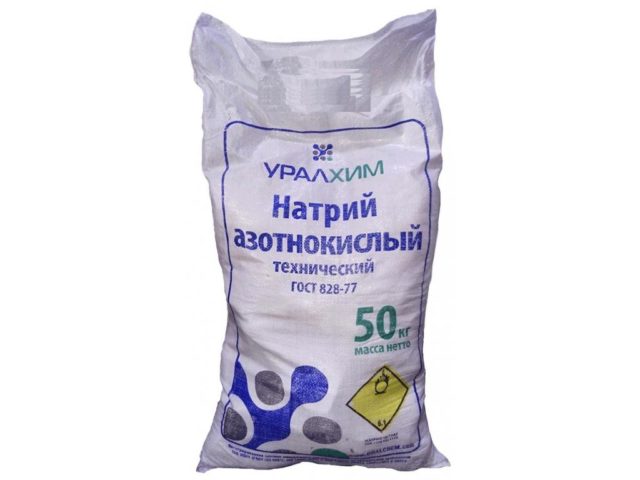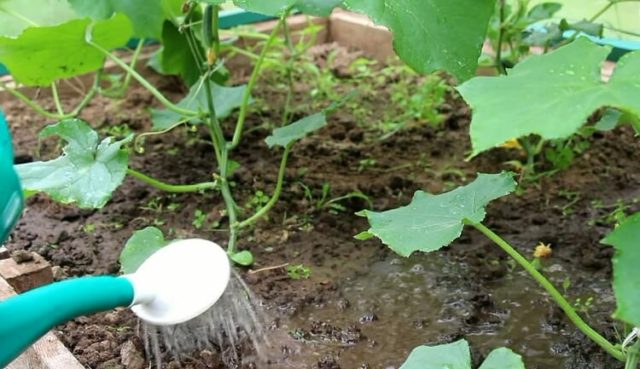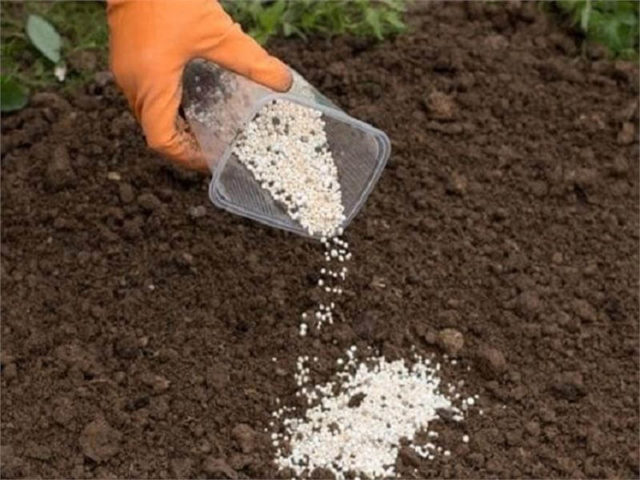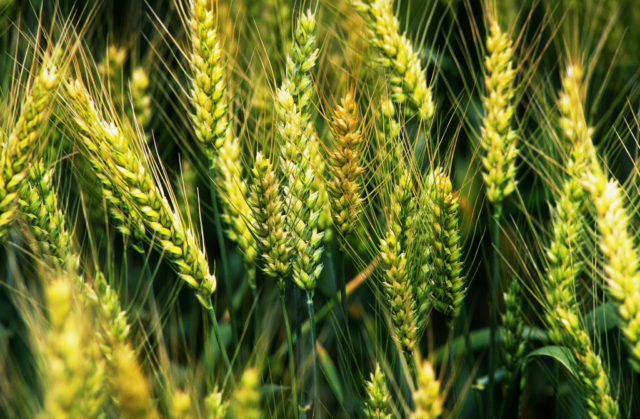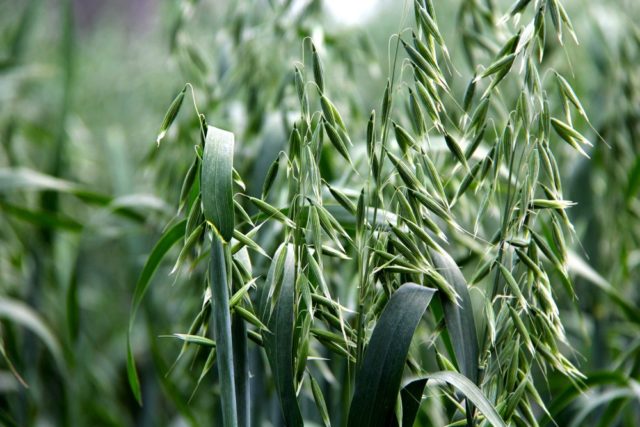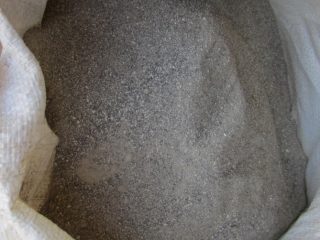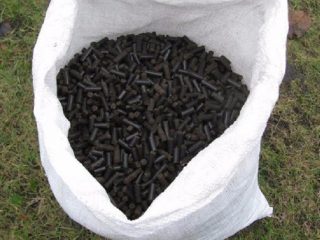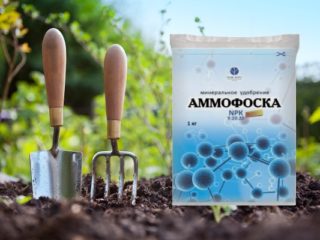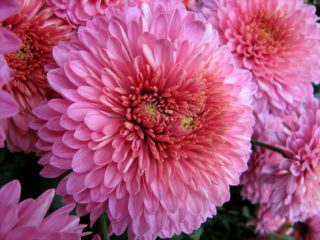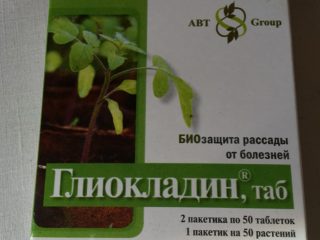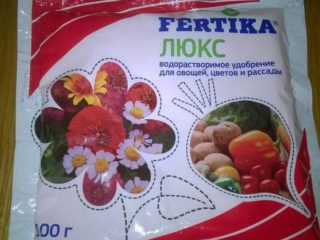Content
- 1 What is "ammonium nitrate"
- 2 What is ammonium nitrate used for in agriculture?
- 3 Methods of using ammonium nitrate
- 4 When and how to add ammonium nitrate to the soil for fertilizing
- 5 The use of ammonium nitrate depending on the type of soil
- 6 The use of ammonium nitrate against weeds
- 7 Does ammonium nitrate help against wireworms?
- 8 Why is ammonium nitrate harmful?
- 9 Storage rules
- 10 Conclusion
The use of ammonium nitrate is an urgent need in summer cottages and large fields. Nitrogen fertilization is important for any crops and contributes to their rapid growth.
What is "ammonium nitrate"
Ammonium nitrate is an agrochemical fertilizer widely used in vegetable gardens and orchards. The main active substance in its composition is nitrogen, it is responsible for the development of green mass of plants.
What does ammonium nitrate look like?
The fertilizer is small white granules. The structure of saltpeter is very hard, but it dissolves well in water.
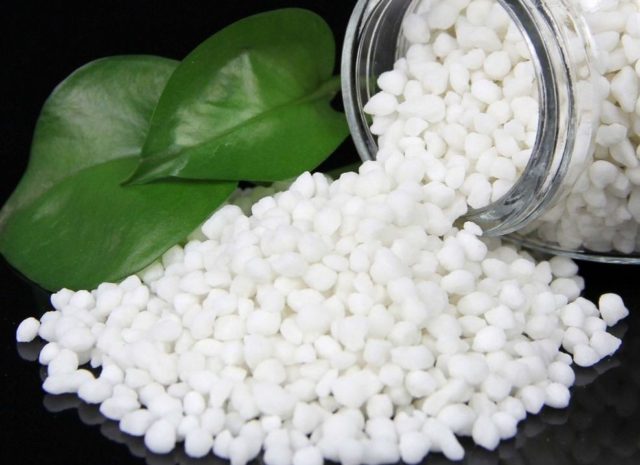
Ammonium nitrate is white and very hard
Types of ammonium nitrate
In gardening stores, ammonium nitrate is presented in several varieties:
- ordinary, or universal;
Ordinary saltpeter is most often used in the garden
- potash;
Ammonium nitrate with added potassium is useful for fruit formation
- Norwegian, the use of lime-ammonium nitrate is especially convenient on acidic soil;
Calcium is present in lime-ammonia fertilizer
- magnesium — especially recommended for legumes;
It is recommended to add magnesium nitrate to soils poor in this substance.
- Chilean - with added sodium.
Sodium nitrate alkalizes the soil
If any of the garden crops needs several substances at once, then the gardener can use ammonium nitrate with additives, rather than applying fertilizing separately.
Composition of ammonium nitrate as a fertilizer
Ammonium nitrate fertilizer consists of three main components:
- nitrogen, it occupies an average of 26 to 34% of the composition;
- sulfur, its share ranges from 2 to 14%;
- ammonia.
The formula of the chemical compound is as follows - NH4NO3.
What is another name for ammonium nitrate?
Sometimes fertilizer can be found under other names. The main one is ammonium nitrate; the packaging may also say “ammonium nitrate” or “ammonium salt of nitric acid.” In all cases we are talking about the same substance.
Properties of ammonium nitrate
Agricultural fertilizer has numerous valuable properties. Namely:
- enriches the soil with nitrogen, which is especially well absorbed by plants in combination with sulfur;
- begins to act immediately after application - the decomposition of nitrate in the soil and the release of useful substances occurs instantly;
- has an impact on the health of crops in bad weather conditions and on any soil, even in extreme cold.
An interesting feature is that the use of ammonium nitrate in the countryside almost does not acidify the soil. When using ammonium nitrate on neutral soils, you don't have to worry about pH balance.
The effect of ammonium nitrate on soil and plants
Ammonium nitrate is one of the main fertilizers in agriculture; it is necessary for any crop, and on an annual basis. Ammonium nitrate is needed for:
- enriching scarce soil with useful substances, this is especially important in the spring, when plants begin to grow;
- improving the processes of photosynthesis in garden and vegetable crops;
- accelerating the development of green mass in plants;
- increased yields, up to 45% with proper use;
- strengthening the immunity of agricultural crops.
Ammonium nitrate protects plants from fungi because it increases their resistance.
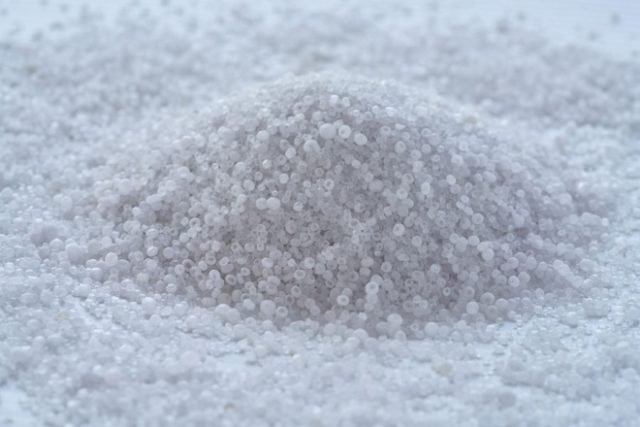
Ammonium nitrate enriches the soil on the site and accelerates the growth of crops
What is ammonium nitrate used for in agriculture?
Ammonium nitrate is used in the garden and fields:
- to improve soil nutrition in the spring;
- to accelerate the growth of crops in regions with difficult climatic conditions;
- to increase the yield and quality of fruits, saltpeter makes vegetables and fruits more juicy and tasty;
- to prevent fungal diseases, with timely treatment, plants are less likely to suffer from wilting and rot.
The application of ammonium nitrate in the spring becomes especially important if garden crops grow in the same place year after year. The lack of normal crop rotation greatly depletes the soil.
Methods of using ammonium nitrate
Ammonium nitrate is used in the garden and garden in two ways:
- wet, when watering;
When feeding developing plants, saltpeter is diluted in water
- dry, if we are talking about preparing a bed, then the fertilizer can be poured in granular form and mixed properly with the soil.
Before planting, ammonium nitrate can be incorporated directly into the soil in dry form.
But it is not recommended to sprinkle fertilizer on beds with already developing plants. Nitrogen will enter the soil unevenly and is highly likely to cause root burns.
When and how to add ammonium nitrate to the soil for fertilizing
Agricultural crops have different needs for nitrogenous substances. Therefore, the timing and rate of application of ammonium nitrate depend on which plantings need to be fed.
Vegetable crops
Most vegetable plants require feeding twice, before flowers appear and after fruit sets. The average fertilizer consumption is from 10 to 30 g per meter of soil.
Cabbage
The saltpeter is planted when planting, a small spoonful of fertilizer is added to the hole and sprinkled with soil on top. Subsequently, once every 10 days, the beds are watered with a nitrogenous solution; to prepare it, a large spoon of ammonium nitrate is diluted in half a bucket of water.
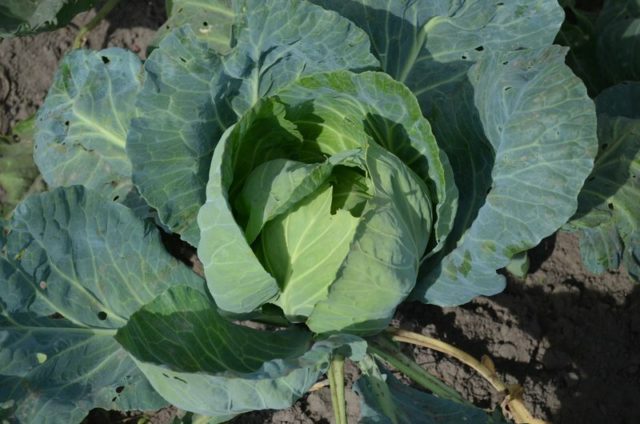
Fertilizing cabbage with saltpeter is carried out before the formation of heads of cabbage.
Beans
Before planting the crop in the beds, it is necessary to add ammonium nitrate to the soil - 30 g per meter. In the process of further growth, bean nitrogen is no longer required; special bacteria developing on its roots already take the necessary substance from the air.
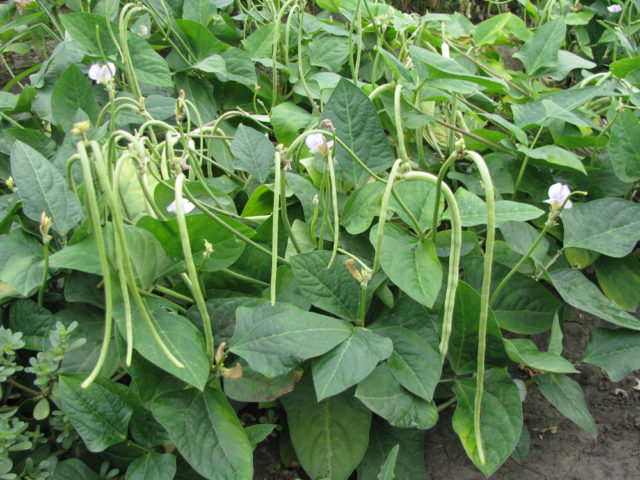
Legumes need little nitrogen - saltpeter is applied only before planting
Corn
You need to add dry fertilizer into the soil when planting a crop; add a large spoonful of granules to each hole. Subsequently, 2-year feeding is carried out - when the fifth leaf is formed and at the moment when the ears begin to develop. Saltpeter for corn should be diluted in water in an amount of about 500 g per bucket of water.
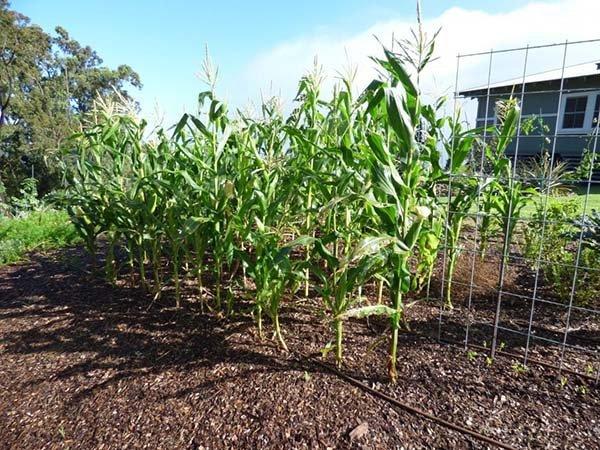
Corn can be fed ammonium nitrate before planting and twice more during growth.
Tomatoes and cucumbers
For cucumbers, saltpeter must be added twice - 2 weeks after planting in the ground and the appearance of flowers. In the first case, only 10 g of the substance is diluted in a bucket of water, in the second the dosage is tripled.
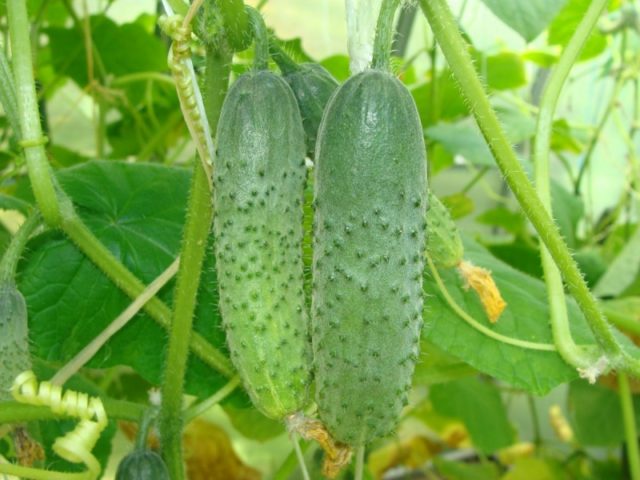
For cucumbers, saltpeter is applied twice before flowering.
Tomatoes are fed three times before planting - at the seedling stage. The first time, fertilizer is applied after picking the seedlings (8 g per bucket), then another week (15 g) and a couple of days before transferring to the ground (10 g). When growing in a garden bed or greenhouse, adding nitrogen is no longer necessary unless there is a severe deficiency.
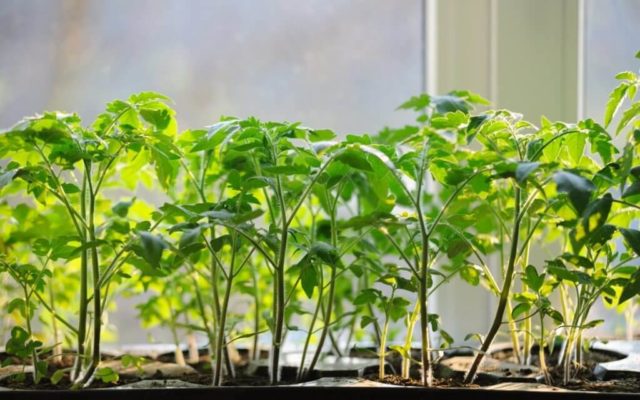
Tomatoes need to be fed with saltpeter 3 times at the seedling stage
Luke
It is customary to fertilize onions with ammonium nitrate 3 times during spring and summer. Namely:
- when planting, add 7 g of dry matter to the bed;
- 2 weeks after transferring the crop to the ground, dilute 30 g of fertilizer in a bucket;
- after another 20 days, the onion beds are watered with a solution prepared in the same concentration as the second time.
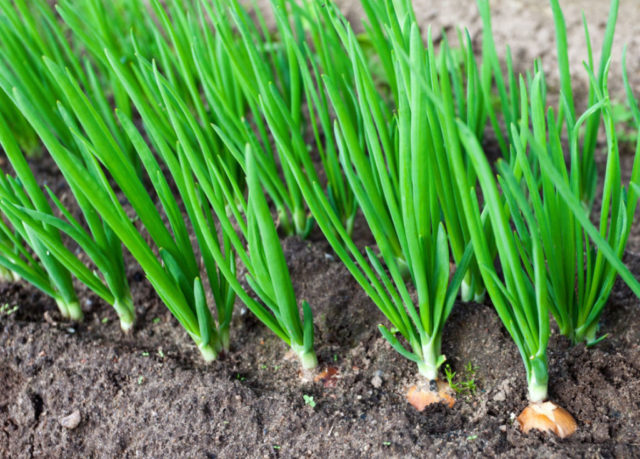
For onions, ammonium nitrate is applied when planting and twice more with an interval of 2-3 weeks.
Garlic
Garlic does not have a strong need for nitrogen, so it is enough to add 12 g of fertilizer per meter to the soil before planting.
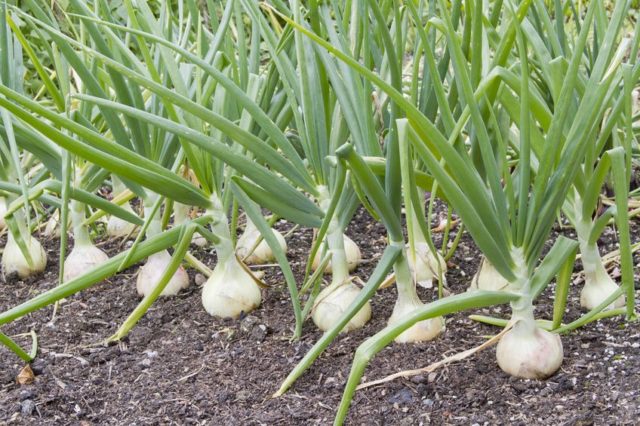
Spring garlic is not overfed with nitrogen; saltpeter should be added only when planting
If we are talking about a vegetable planted before winter, then with the onset of spring warmth, you can water it with a solution of ammonium nitrate - 6 g of fertilizer is stirred in a bucket of water. After another month, fertilizing can be repeated.
Potatoes
The use of ammonium nitrate fertilizer in the garden is highly recommended for potato plantings. Before planting the tubers, it is advisable to sprinkle 20 g of saltpeter per meter of garden.
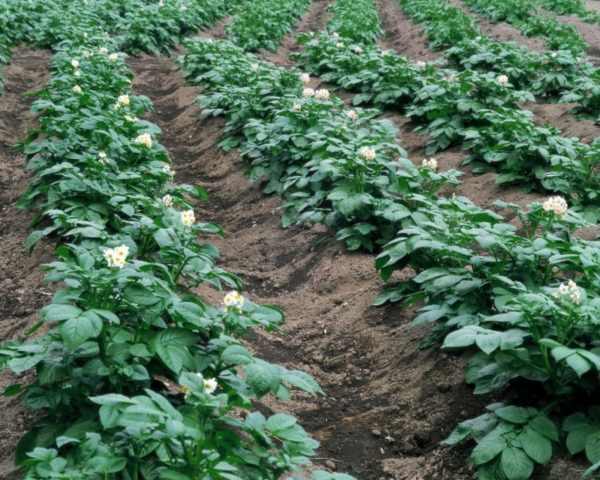
Ammonium nitrate is very important for potatoes; it is not only responsible for growth, but also protects against wireworms
During the growth process, the potatoes can be fed again before the first hilling. In this case, add 20 g of a nitrogenous substance to the watering bucket.
Garden flowers and ornamental shrubs
Garden flowers react positively to fertilizing with ammonium nitrate. This increases their decorative value, the buds become larger and bloom more abundantly.
It is customary to apply fertilizer in early spring during the period of active snow melting; granules can be poured into flower beds in dry form; melt water will contribute to their rapid dissolution. It is enough to add a large spoonful of granules per meter of soil.The second feeding is carried out during growth in mid-spring - 2 large spoons of the substance are diluted in water and the flowers are watered at the root. Similarly, ornamental shrubs are fertilized with ammonium nitrate.
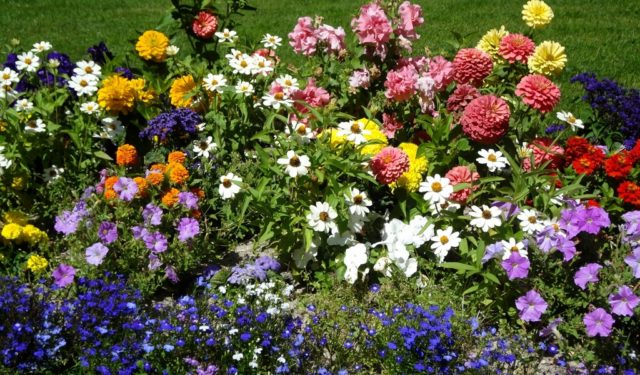
In spring, any garden flowers respond well to ammonium nitrate
Fruit and berry crops
Pears, apple trees, plums, as well as currants, gooseberries, raspberries and other fruit and berry plants require triple fertilizer. For the first time, you can scatter granules under bushes and trunks even before the snow melts; the norm is 15 g per meter.
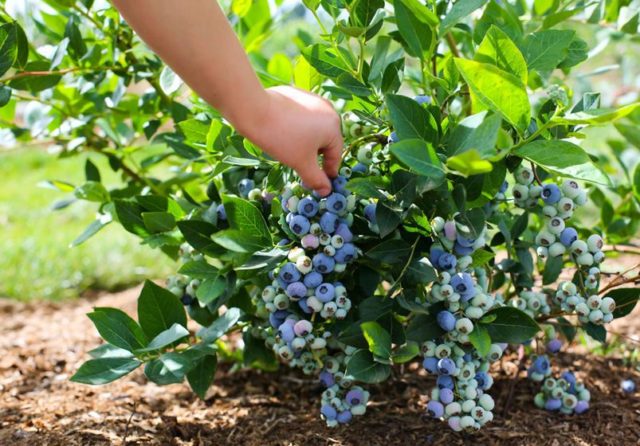
You need to feed berry crops and shrubs with saltpeter before the fruit begins to pour.
Further, the use of ammonium nitrate in gardening is carried out at intervals of 20 days before the formation of berries. Use a liquid solution, 30 g of substance per bucket. When the fruits begin to ripen on the shoots, the rate for the last application can be raised to 50 g of saltpeter.
Strawberries
Ammonium nitrate can be added to the soil for strawberries only in the second year after planting. Shallow grooves are dug between the crop rows, dry granules of 10 g per meter are scattered in them, and then covered with earth.
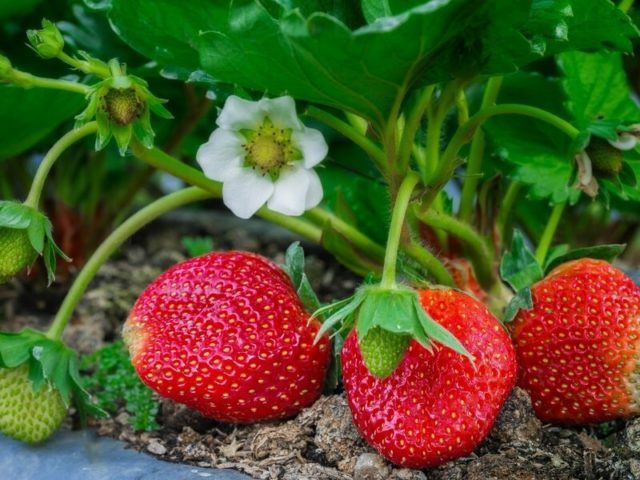
Strawberries are fertilized with ammonium nitrate in the second year
In the third year, the volume of the substance can be increased to 15 g. Feeding is carried out in the spring, during the period of leaf growth, and after harvesting.
Pasture grasses and cereals
Ammonium nitrate is required to be used in fields when growing grain crops and perennial forage grasses:
- For wheat, saltpeter is usually used twice during the season.When cultivating soil, 2 kg of dry granules are poured onto 100 square meters; when fertilizing during the grain filling period - 1 kg per similar area.
For wheat, ammonium nitrate is used in the spring and before filling grains
- For oats, the need for nitrogen fertilizers is slightly lower; for fertilizing, about 900 g of dry matter is added per hundred square meters; during spring digging, the norm is taken twice as much.
Oats require saltpeter mainly in the spring when digging the soil.
As for pasture grasses, most of them belong to the category of legumes with a reduced nitrogen requirement. Therefore, the dosage of nitrate is reduced to 600 g of the substance per hundred square meters and applied during soil preparation. You can feed the grass again after the first mowing.
Indoor plants and flowers
It is allowed to feed indoor flowers with ammonium nitrate, but this is not always necessary. For example, succulents usually do not need nitrogen fertilizers. But for ferns, palm trees and other crops whose attractiveness lies precisely in their foliage, ammonium nitrate is in demand. Dilute it in a volume of 2 large spoons per 10 liter container, after which it is used for watering, usually in the spring, during the period of active development.
Ammonium nitrate may be useful for flowering plants, such as orchids:
- It is used if the crop lingers in the dormant stage and does not develop, and also begins to turn yellow from the lower leaves.
- To encourage the orchid to grow, dilute 2 g of ammonium nitrate in a liter of water, and then lower the pot halfway into the solution for 10 minutes.
- Liquid fertilizer abundantly saturates the soil; after the expiration date, it is important to ensure that the excess is completely drained through the drainage holes.
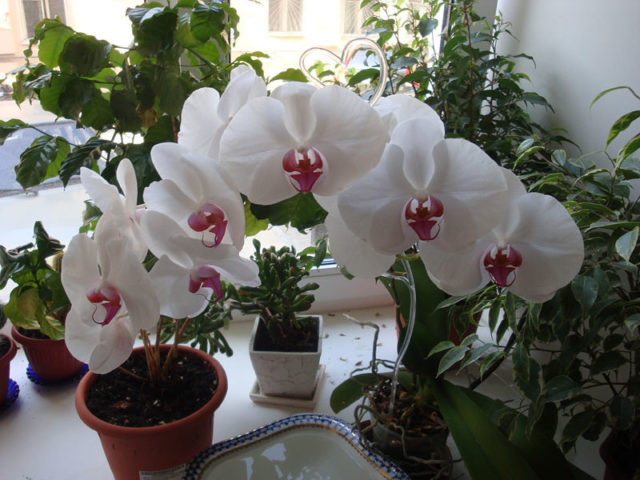
For orchids, ammonium nitrate is needed only when growth is poor.
The use of ammonium nitrate depending on the type of soil
The timing and application rates depend not only on the requirements of the plants, but also on the type of soil:
- If the soil is light, then ammonium nitrate can be applied right before sowing, but heavy and wet soils are recommended to be fertilized in the fall or early spring.
- For depleted soils that are not rich in minerals, 30 g of ammonium nitrate per meter should be used. If the area is cultivated and regularly fertilized, then 20 g is enough.
The use of ammonium nitrate against weeds
When applied in excess, the nitrogenous substance burns the roots of plants and stops their growth. This property of ammonium nitrate is used to control weeds.
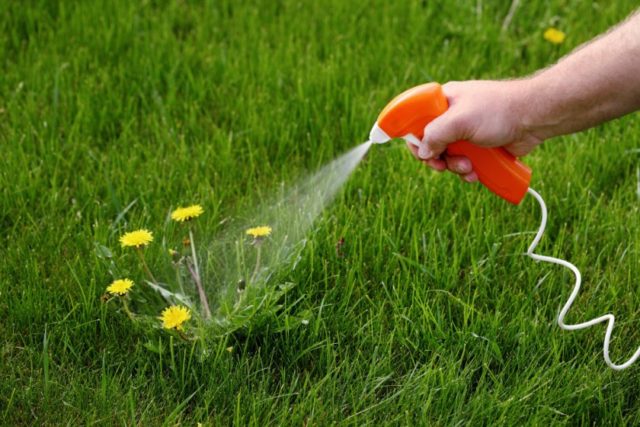
Weeds on the site can be burned out using ammonium nitrate
If the garden needs to be cleaned before planting useful crops, then just dissolve 3 g of ammonium nitrate in a bucket and generously spray the overgrown grass on top. The weeds will die as a result of treatment and will not start growing again for a long time.
Does ammonium nitrate help against wireworms?
For potatoes in the garden, the wireworm is especially dangerous; it gnaws numerous tunnels in the tubers.You can get rid of the pest with the help of saltpeter; the worms do not tolerate nitrogen and when its level increases, they go deeper underground.
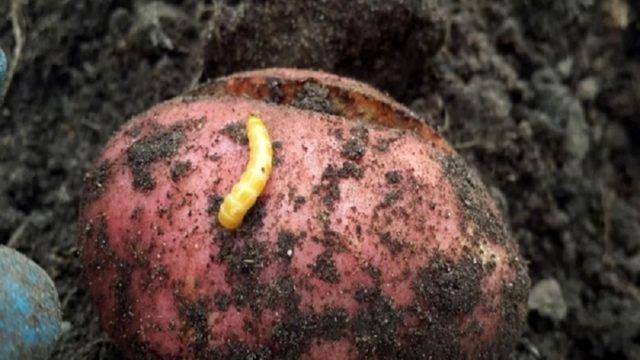
Wireworms react poorly to ammonium nitrate; they go into the soil below the roots and tubers
To get rid of wireworms, even before planting potatoes, you can pour dry ammonium nitrate into the holes, 25 g per meter. When a pest appears in the summer, it is allowed to spill the plantings with a solution of 30 g per 1 liter.
Why is ammonium nitrate harmful?
Agricultural fertilizer is beneficial for plants, but can negatively affect the nutritional value of vegetables and fruits. The fruits accumulate nitric acid salts, or nitrates, which are dangerous to humans.
For this reason, it is generally not recommended to feed melon plants and greens with ammonium nitrate; nitrogen is retained in them especially strongly. Also, ammonium nitrate should not be added to the soil when the fruits are ripening; the last treatment is carried out 2 weeks before the start of the harvest season.
Storage rules
Ammonium nitrate is classified as an explosive substance. It must be stored in a dry, well-ventilated place, protected from light, at a temperature of no more than 30 °C. It is strictly forbidden to leave the granules in direct sunlight.
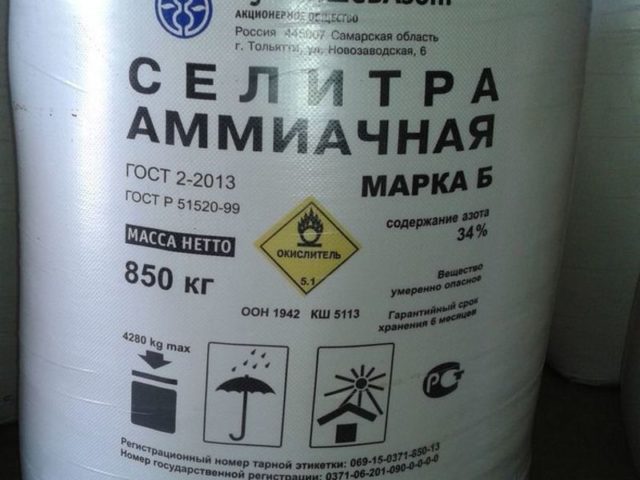
Ammonium nitrate must be stored away from light and heat.
If unopened, ammonium nitrate can be stored for 3 years. But opened packaging must be used within 3 weeks; nitrogen is a volatile substance and quickly loses its beneficial properties when in contact with air.
Conclusion
The use of ammonium nitrate is indicated for most vegetable and garden crops. But excess nitrogen can be harmful to plants and will reduce the quality of the fruit, so it is necessary to follow the processing rules.
